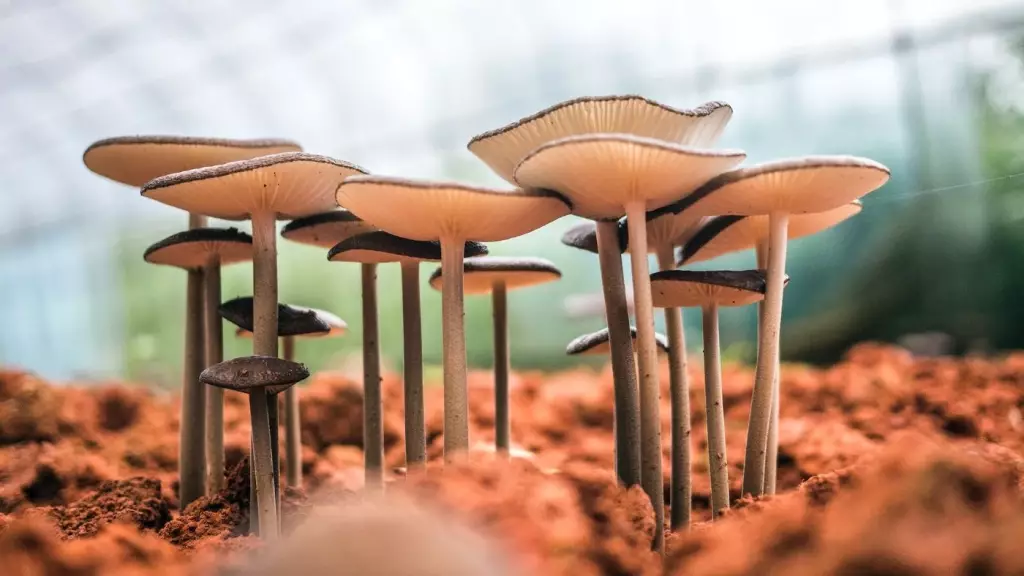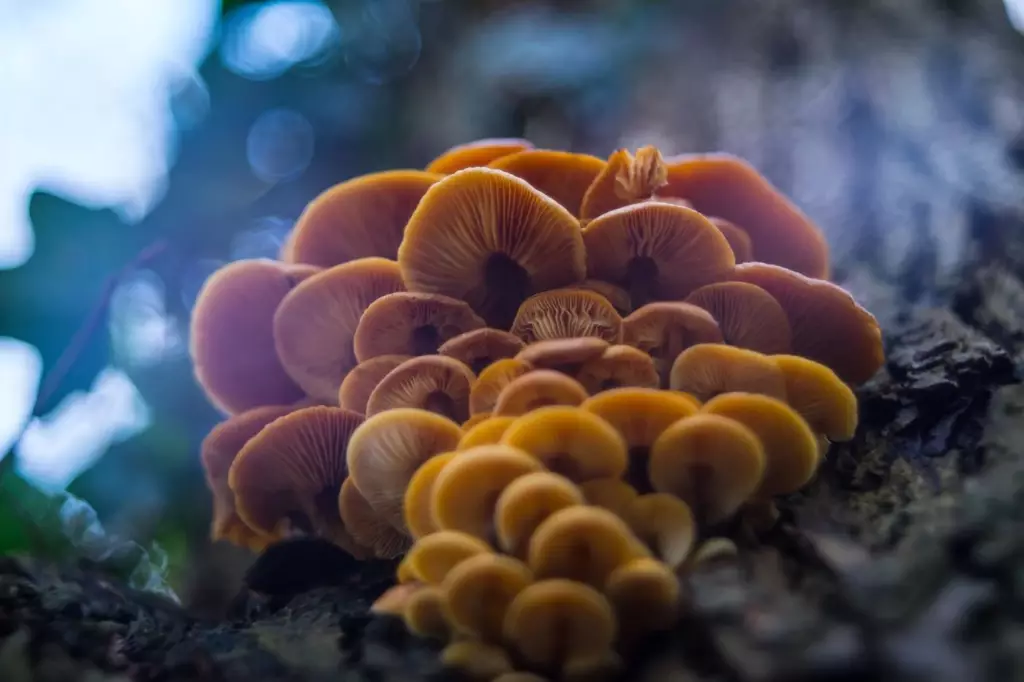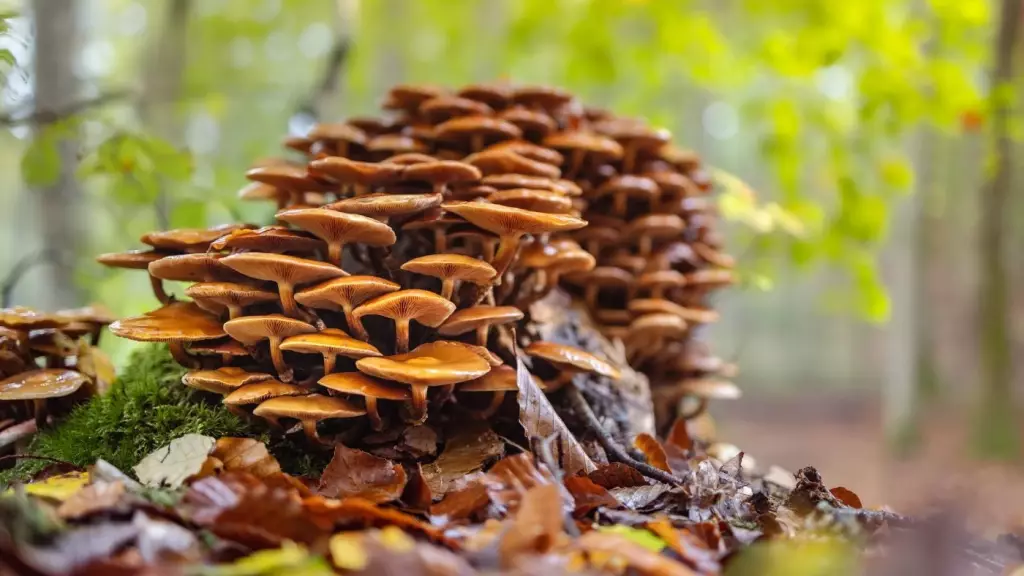Mushroom Farming Requirements: Full Overview (2023)
Mushroom cultivation has recently been on the rise due to the high demand for this healthy crop. But to be successful in this industry, you must have knowledge of how to cultivate this crop, the challenges you may face, and the costs of starting one. This article will tell you what requirements are needed for building your own mushroom farm.
The basic requirements for starting a mushroom farm are the following: deciding what type of mushroom to grow, finding a suitable space for your mushrooms, purchasing your supplies, knowing how to cultivate your mushrooms, identifying your target market, creating a business plan, and applying for permits and licenses.
There’s a full list of things required when starting a mushroom farm, but the rewards when your business is established and starting to make money are worth it. Below is a detailed guide for each requirement so you can start making money out of mushrooms.
Summary
- Start with the basic requirements when establishing a mushroom business, such as what type of mushroom to cultivate, what supplies you will need, where you will grow the mushrooms, and how you will grow them.
- When you have everything you need, proceed to create a business plan to know your competition and create sales and marketing strategies as well. When everything is on the ground, you can start applying for licenses and permits to legalize your business.
- Start with the easiest mushrooms to farm, which are oyster mushrooms, since they can grow in various substrates, grow fast, and have high market demand.

On this page:
What are the Requirements for Mushroom Farming?
Mushrooms are valued for their taste and the many health benefits that they offer. In the US, the current market for mushrooms has reached more than $1 billion and is projected to increase annually by 9% through 2030.
Mushroom cultivation can be a lucrative business, even on a small piece of land. Mushrooms can even be grown indoors and produce a thousand pounds from just a few square feet. If you have an acre of land, you can even produce 1 million pounds of mushrooms annually.
But although it’s easy to grow mushrooms and start a farm, there are certain challenges that you may still face while starting one. For this reason, we have outlined the most basic requirements to kickstart your mushroom business.
Know what type of mushroom to grow before you start your farm
Before really starting all out in mushroom farming, the first thing you need to determine is what types of mushrooms you want to grow. Oyster mushrooms are the easiest and fastest to grow so they are beginner-friendly.
They are also in demand and have low production costs. There are also plenty of oyster mushroom varieties, such as pink, blue, and yellow, that you can choose from, which adds appeal when marketing them.

Another gourmet mushroom to consider is shiitake mushrooms. They grow much slower than oyster mushrooms and are pickier in their substrate. However, they can provide a continuous fresh supply for about 6–8 years.
If you’re a beginner, it will be best to avoid button mushrooms and their mature stage, portobello mushrooms, as they are already being produced on a large scale, so competition is higher.
Find the most suitable location to grow your mushrooms
If you are starting a small mushroom farm at home, you need at least 1 square foot of space to yield 7 to 25 lbs. of mushrooms per year. A 1-square-meter space can produce 77 to 275 lbs. of mushrooms per year. This means that even with limited space; you can produce abundant mushrooms if optimal conditions are met.
If you plan to expand your business, you may want to find a commercial space to rent that can house your mushroom farm. When choosing a commercial space, the following must be considered:
- Accessibility of the location
- Good ventilation, spacious, and with good natural light
- Ready-to-use space with only minimal repairs needed
Buy supplies to grow mushrooms and build your mushroom farm
There are quite a few tools and supplies you need to purchase to set up your mushroom farm, such as:
- General tools like a mop, screwdrivers, electric cycle timers, humidifiers, and respirators: These items can be bought at your local hardware store.
- Materials to create your utility, inoculation room, and fruiting rooms: This includes vinyl flooring, a sink, plumbing pipes, a steel drum, shelving, lighting, fans, etc.
- Substrate: Oyster mushrooms willfully grow on a variety of substrates such as cardboard, sawdust, coffee grounds, straw, etc. It is up to you to decide which substrate you can locally source.
- Mushroom spawn and grow bags: These items should be bought as locally as possible to get healthier and fresher spawn.
- Packaging materials: You’ll need some way to package your mushrooms in bags, plastic containers, cardboard boxes, or some other way to display and transport your mushrooms. You can also use poly or cellophane bags or plastic clamshell containers.
Know how to grow your mushrooms before you start

You can’t start with mushroom farming if you do not have enough knowledge on how to cultivate your mushrooms. Here’s a quick overview of the steps in growing mushrooms, specifically oyster mushrooms:
1. Prepare your spawn, substrate, and other growing materials
Start with a ready-to-inoculate spawn, as it is beginner-friendly. Choose substrates such as wood chips or straw and prepare your bags for incubation.
2. Get your substrate ready
For oyster mushrooms, the easiest substrate recipe to make is composed of 95% wheat straw and 5% gypsum. To learn how to prepare this substrate, you may follow the steps in this article.
3. Incubate your growing bags
When you have your substrate and spawn ready, you may pack them alternately in growing bags. Bags must be placed in an incubator room with no light. You will know your bags are completely colonized once they are covered with white mycelium.
4. Let your mushroom fruit
To induce fruiting, you may want to submerge your bags in cold water for 1-2 hours to allow pin formations. These pins will later grow into fruiting bodies. Optimal conditions for growing oyster mushrooms can be found here.
5. Harvest your mushrooms
Check your mushrooms a couple of times a day, especially if you suspect they are ready to harvest soon. This is done to avoid harvesting too early or too late. To harvest your mushrooms, just twist them off near the base of their stems. You now have fresh mushrooms, and the next thing for you to do is to market them!

Identify your target market to sell your mushrooms
After knowing what mushrooms to grow, which location to set up your farm, and how to cultivate your mushrooms, you must now know where to sell them.
Your target markets are grocery and supermarket owners, as well as restaurant owners. You can either call or visit them directly to offer to be a supplier of mushrooms. Other ways to let people know about your business include setting up a website, running ads, and utilizing social media to reach local mushroom lovers.
Create a business plan before heading out to start your mushroom farm
No business has ever been executed well without a business plan. A business plan allows you to create a budget and see your cash flow. It also helps you assess your competition, create a sales and marketing strategy, and weigh out the pros and cons of the business.
A business plan also helps you figure out if it’s possible to turn mushroom cultivation into a profitable business. It guides you in deciding whether to proceed or not. Find out about the investment costs of starting a mushroom farm in this article.
Apply for licenses and permits for your mushroom farm
If you proceed and register your business, you will be required to obtain several licenses and permits from local, state, and federal governments.
Some of these permits include business permits, health licenses, permits from the Occupational Safety and Health Administration (OSHA), trademarks, copyrights, patents, and other intellectual properties, as well as industry-specific licenses and permits.
You may also need state-level and local county or city-based licenses and permits. It’s best to check the websites of your local county to know the updated requirements from time to time.



